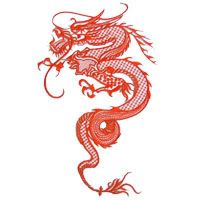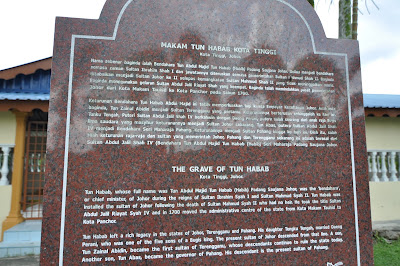
Differences between The Western and The Oriental Dragons.
---
Since ancient time the folklores and legends are passed on from generation to generation and still preserve till the present days. In these folklores and legends, sometimes we can notice the presence of some mysterious figures that make the folklores become more interesting. The appearance of dragons makes the folklores and legends have more spices. Dragons are considered as legendary creatures. Legendary creatures mostly appeared in many cultures and literatures all over the world. Even though the dragons appear in most of the world culture, we should know that the world did not share the same dragons.
There are three differences between the western dragons and the oriental dragons. The first difference is their symbolic representation in the culture of the world. Taking Romans as an example, Johnsgard exposes that the Romans once used a kind of flag that depicted a flying dragon figure. The figure symbolises a troop of approximately five hundred men and the function of the symbol was perhaps to frighten their opponents. He also reveals that the easterners marked their gongs and bells with elements of dragons. This is because the sound that the gongs and bells make is similar to the dragons’ behaviour where they produced loud voice when threatened. (1992:3-16). Relies on this difference it is clearly can be seen that the westerners used dragons to symbolise warning and threat while the easterners used them for the admiration of their quality.
Another disparity between both dragons is their physiques. In the western tradition, the dragons are commonly depicted in the form of tangled tail lizard-like creature and most of them have wings. Cotterel claims that this type of dragon represents wicked power of darkness and its tail showed how they used their tail arrogantly like a scorpion. In the far eastern especially the Chinese, the dragons are usually depicted as snake like creatures which their tail was about as the same size of their body. For example, the dragon symbol used by the emperors pictured a snake like dragon which has five claws and its head points to the north while its tail points to the west. (1989:56) I believe that what Cotterel claims is true. I have seen many pictures of dragons that commonly show the different physiques of both dragons.
The third difference of the western and the oriental dragons is their unique ability. The only known ability of the western dragons is they were able to fly. Even though this is unusual, it is not so special. This is very obvious because as mentioned earlier, they have wings. Usually any creature with wings can fly. In contrast the very special ability of the oriental dragons is they could resize themselves. For example, Oosterzee says that the Chinese traditionally believe that dragons could shrivel from their superlative size to as tiny as silkworm and vice versa. (1999:2). In my opinion this is amazing because none of any existing creatures can shrink.
As a conclusion, even though dragons are most prominent figures in world’s cultures they still have three distinguish differences. Behind all of the differences lies a message that tells us to get to know each other better. ---
References
Cotterell, A. (1989) The Macmillan Illustrated Encyclopedia of Myths and Legends. U.S.A.:Macmillan.
Johnsgard, K. and Johsgard, P. (1982) Dragons and Unicorns a Natural History. New York: St. Martin’s Press
Oosterzee, P.V. (1999) Dragon Bones: the story of Peking Man. Australia:Allen & Unwin




Dear Mr Farish,
BalasPadamYou should be more careful with your grammar. I see that you know the elements of writing well. I see that your creativity is alomost as good as Fahmi's. However, your masterpiece is marred by grammatical mistakes that could have been easily avoided. Anyway, I'm confident that you will improve.
Keep up the good work.
NZ
Hmm... I wonder... how does NZ know this website... hmm... unbelievable...but ... ahh whatever lahhh...
BalasPadam